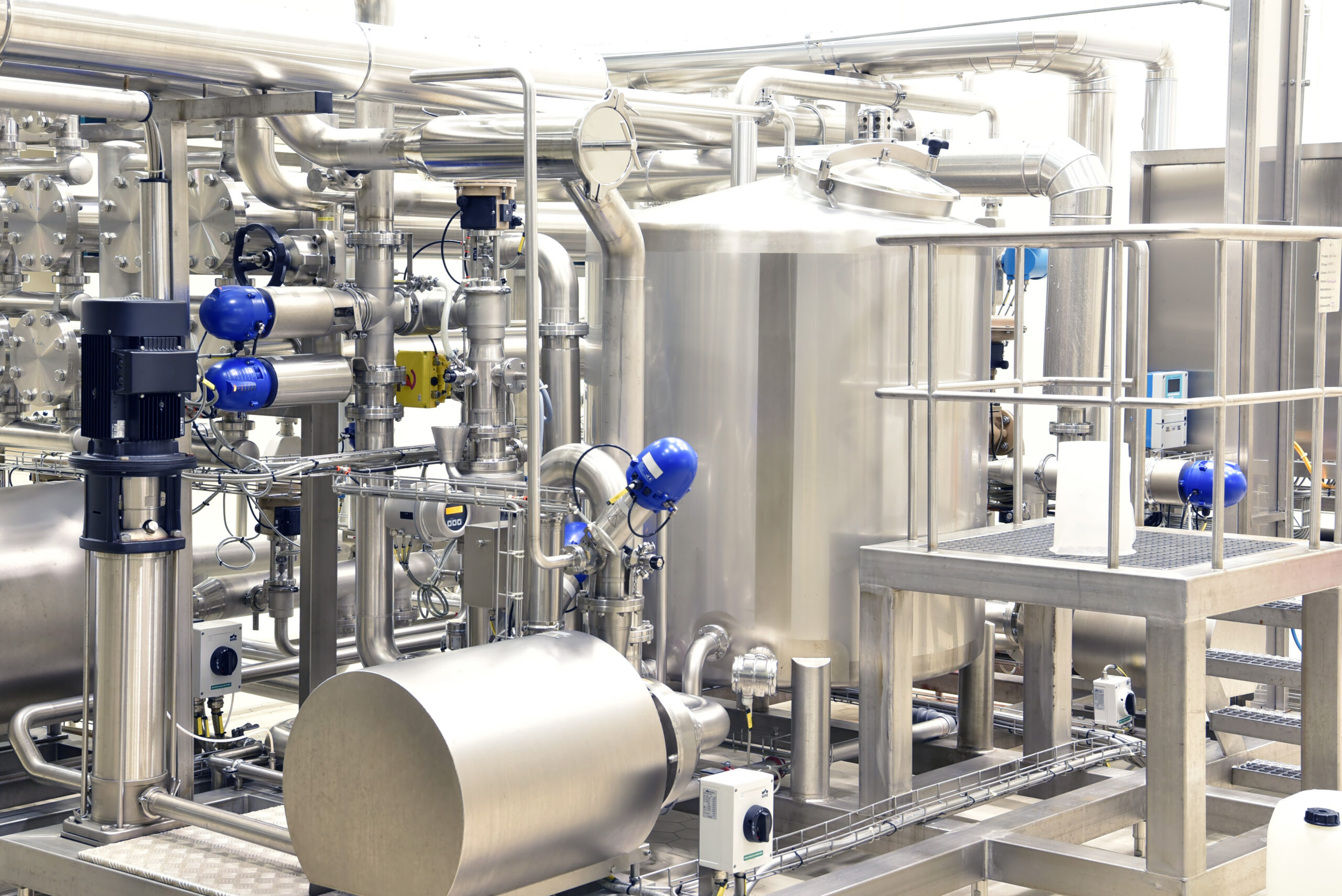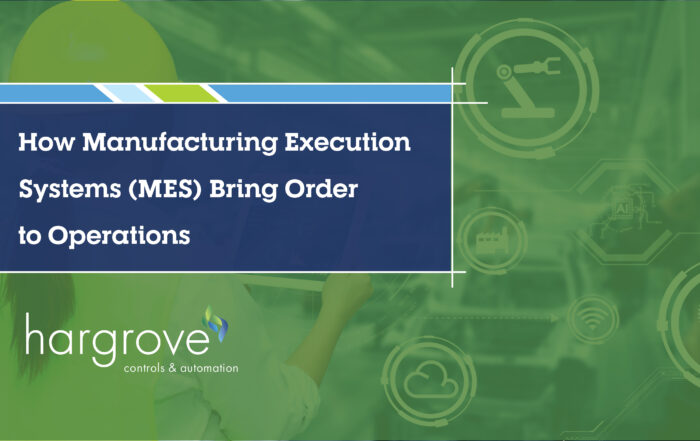Batch Integration on Demand
CASE STUDY
By automating the system operations, personnel were no longer required to be positioned at the pumps. This improved the safety of personnel at the facility.
OBJECTIVE: The major chemical company needed to add a new process unit in an existing 24/7 operating plant, taking the plant’s mainly manual batch reactors, and automating them with the goal of avoiding a plant shutdown.
CHALLENGE: One of the challenges was changing recipes for new products. There were constantly new demands for different products that would require re-programming the recipes each time. In addition, due to the nature of the hazardous chemicals and the facility, a custom solution was required.
SOLUTION: A New Process Line
The system integration project included a custom batch management solution and a new process unit in the operating plant, as well as a batch process with CIP (clean in place) and SIP (steam in place) systems.
While the system did not warrant the use of a full-fledged FactoryTalk Batch System due to the limited number of units, a process of “Small Batch Management” was introduced using a combination of built-in software features and a custom state machine AOI. This allowed for a lower cost solution that conformed to the requirements and operated as desired.
A further solution was implemented that would allow operations to input the characteristics of the new recipe from the HMI, giving the ability to dynamically create new recipes. This would save future programming costs when changing products.
In addition, all stakeholders worked together on-site to implement the new hardware and software, overcoming many obstacles for the new process line.

Results: Batch Consistency
The facility transitioned from manual to automated batch reporting. Batch control and tracking were implemented, which improved batch consistency, leading to better quality control, and easily changed products with increased throughput. With the HMI view being the same in the field as it was in the office, information availability increased.
Due to a number of time challenges, effective utilization of Rockwell’s Application Code Manager allowed for bulk configuration, generation, and modification. This allowed the project to remain on schedule and within budget. This also opened the way for future bulk additions and changes whilst still maintaining the modularity of the configuration. With this repeatable and supportable tool, further bulk additions were made for future optimizations and expansions while recognizing time savings in re-engineering.
By automating the system operations, personnel were no longer required to be positioned at the pumps. This improved the safety of personnel at the facility.
Subsequent projects that added new equipment for increased capacity were easily integrated into the new system.
Stay Informed
Read from our blog featuring Hargrove Teammates
Reliability, Availability and Maintainability (RAM) Modeling: A Proactive Approach to System Performance
By Matthew Buker, Controls & Automation Digitalization Specialist Weather forecasting uses quantitative data to predict future weather conditions, allowing the public [...]
How Manufacturing Execution Systems (MES) Bring Order to Operations
By Heath Stephens, PE – Digitalization Leader A specialty chemical manufacturing facility relied on paper records to track operations, creating delays [...]
Teammate Spotlight: Dennis Lauhala – A Mentor in Automation and Engineering Excellence
Meet Dennis Lauhala, a Technical Lead at Hargrove Controls & Automation. For the past decade, Dennis has been a key contributor [...]
Other Areas of Service

Subscribe to Our Newsletter
Stay up to date on the latest Hargrove News & Insights.
CONTACT US
Let’s Make your Facility Safer.
With Hargrove, you get the right experience from the right people in system integration working alongside you to meet and exceed your expectations. Working together as one team – that’s Hargrove.





